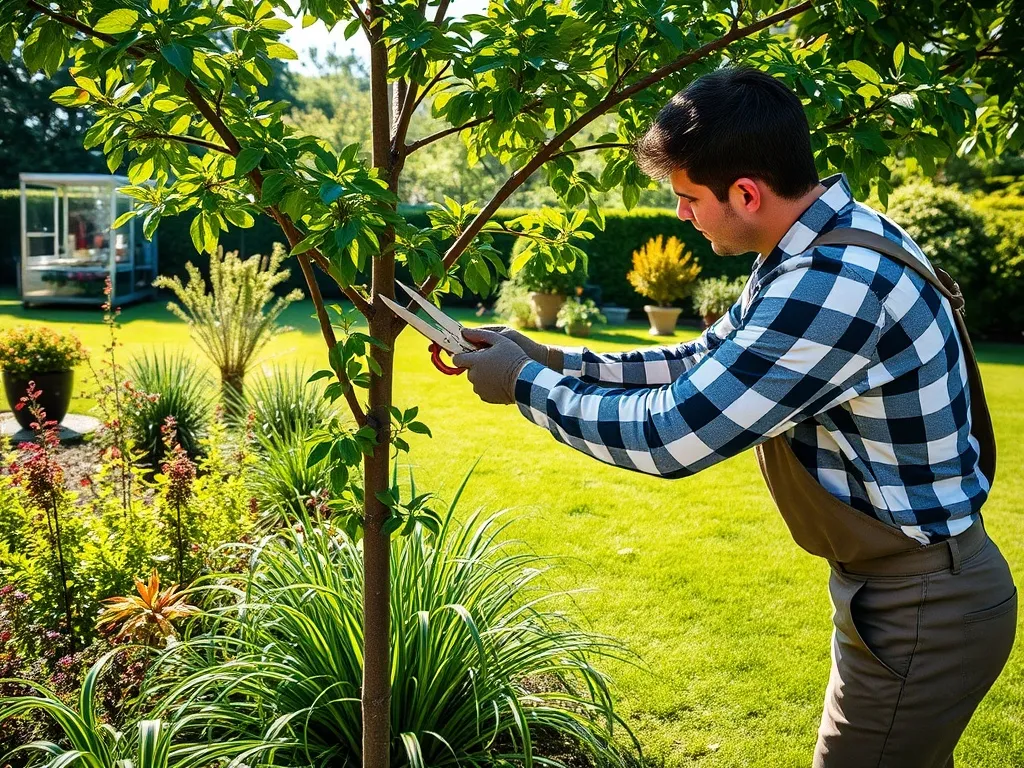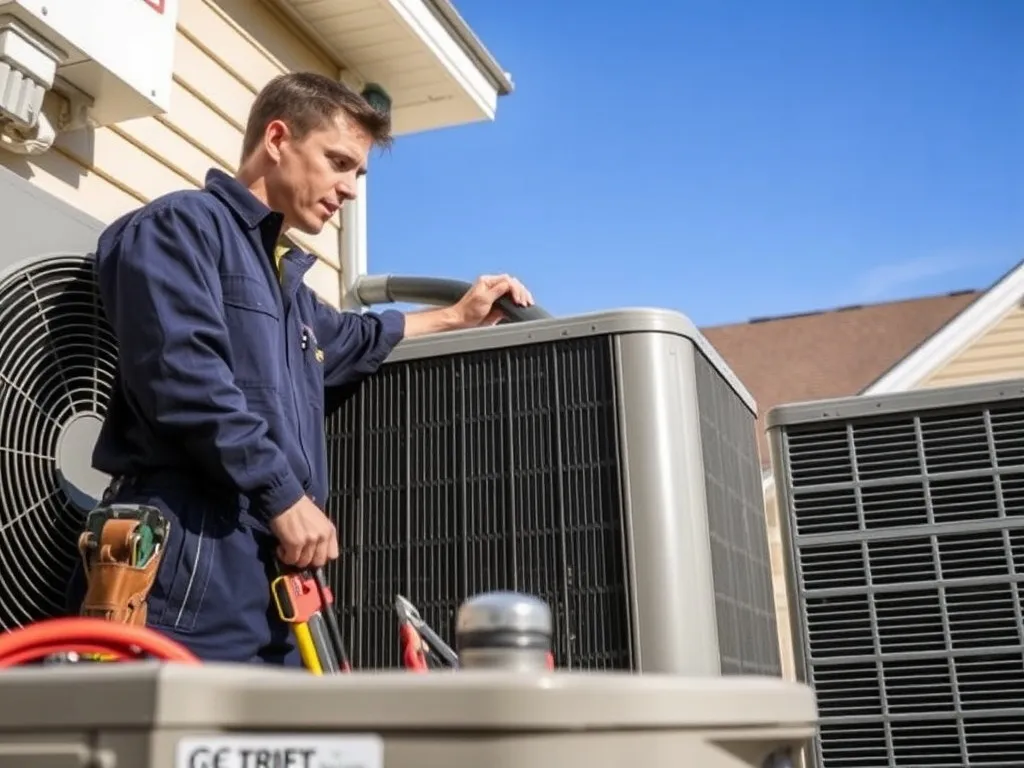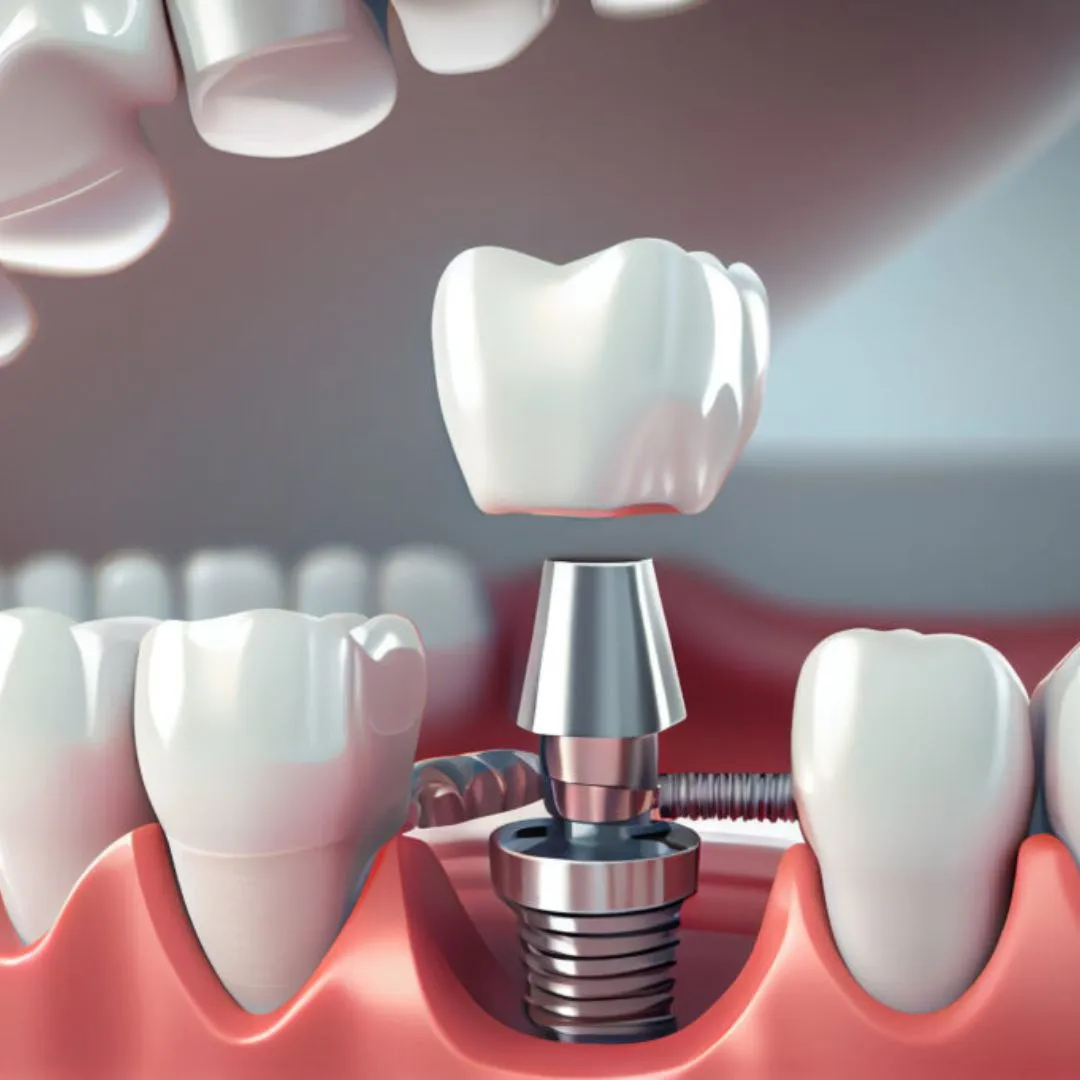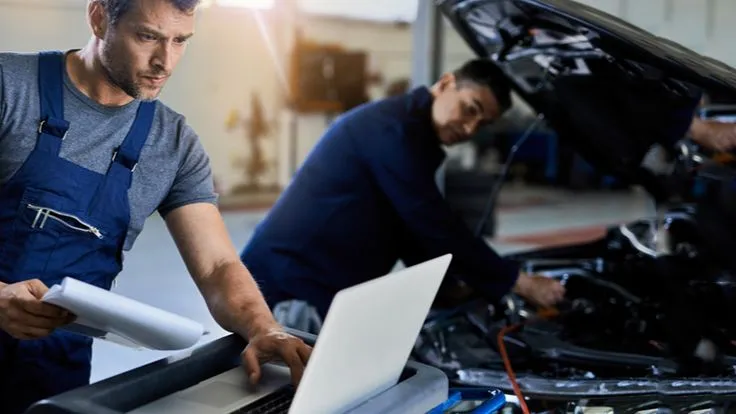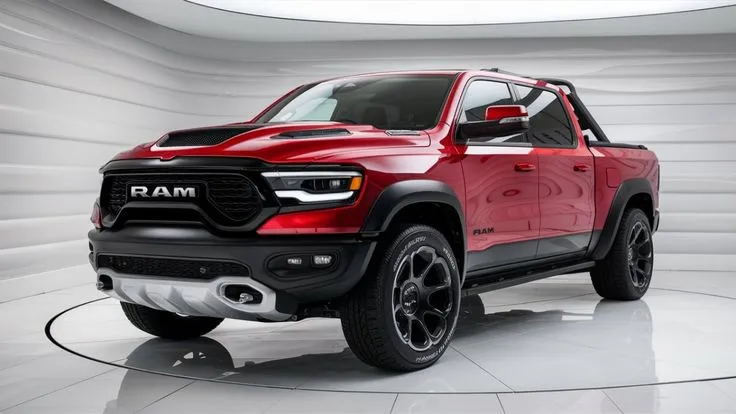Eco-Friendly Junk Removal Becomes the Fastest-Growing Trend in 2025’s Cleanup Industry
In 2025, “junk” isn’t just trash — it’s a resource waiting for a second life.
Across the United States, junk removal companies are transforming how waste is handled, with eco-friendly disposal quickly becoming the most influential trend in the $13 billion cleanup industry.
From recycled furniture to donation-based cleanouts, sustainable junk removal is no longer a niche option — it’s the new standard shaping how Americans think about waste.
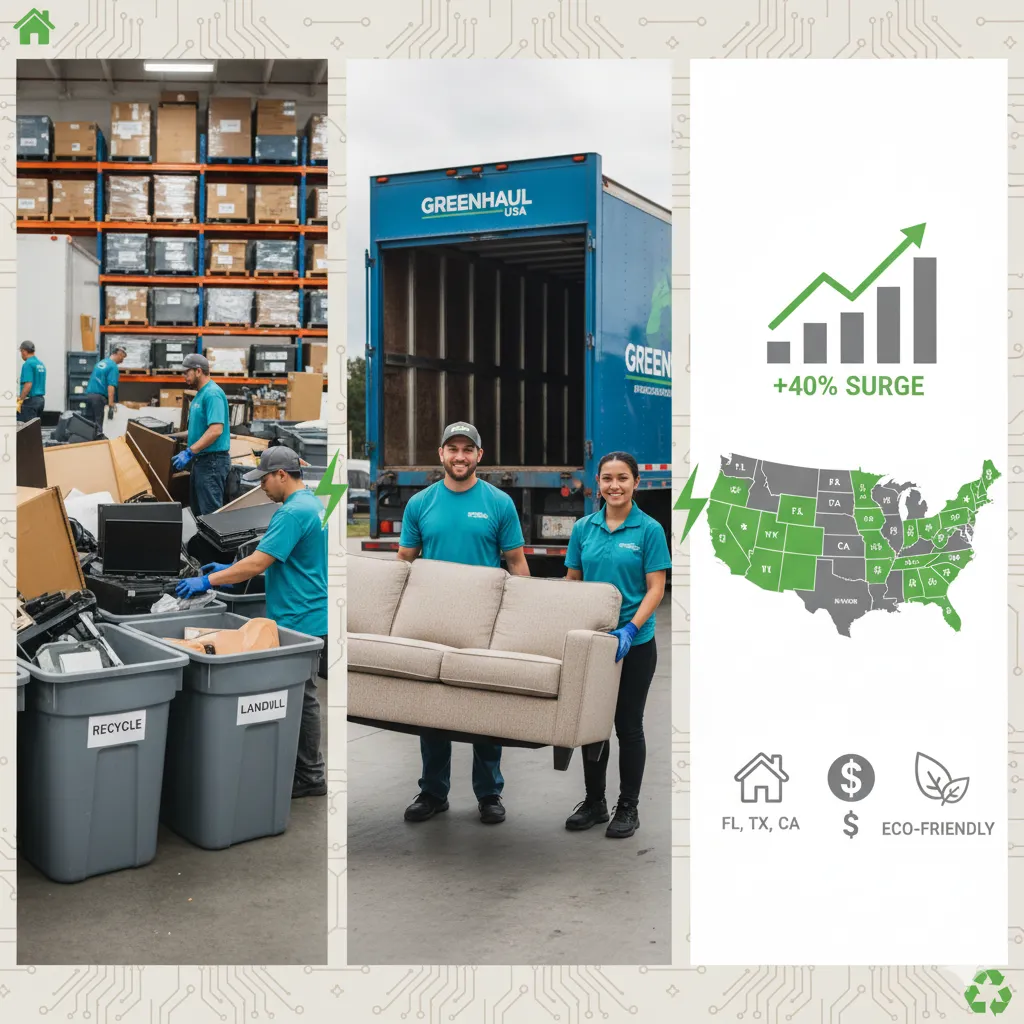
1. From Trash to Treasure: The New Green Revolution
According to the National Waste Solutions Council, more than 58% of all junk removal requests in 2025 included a sustainability clause — meaning customers explicitly asked for recycling, donation, or responsible disposal.
That’s a massive jump from just 32% in 2022. “People don’t just want things gone anymore,” explains Alyssa Monroe, environmental analyst at Clean Earth Insights. “They want to know where those things end up — whether it’s a recycling plant, a donation center, or back into the circular economy.”
This shift marks a cultural milestone. Junk removal has evolved from a basic home service into a key player in America’s zero-waste movement, helping reduce landfill dependency and carbon emissions.
2. The Rise of Green Junk Removal Companies
Dozens of new startups have emerged in 2025, promising carbon-neutral hauling and smart sorting systems powered by AI.
Brands like EcoHaul America, GreenBin Pros, and Reclaim Hauling are leading the charge, offering customers detailed post-service reports showing exactly how much of their junk was recycled, donated, or reused.
These companies use electric or hybrid trucks, recycle up to 70% of materials, and partner with charities like Habitat for Humanity and Goodwill to ensure usable items find new homes. “Transparency builds trust,” says Michael Chen, CEO of Reclaim Hauling. “When customers can see that 200 pounds of metal or furniture were diverted from a landfill, it turns a one-time cleanup into a feel-good experience.”
3. Americans Are Paying More — and They’re Happy To
Despite inflation and rising service costs, Americans are willing to pay 10–15% more for eco-friendly junk removal.
A recent Angi Home Services Survey found that 4 in 5 homeowners would rather spend extra to ensure their waste is handled responsibly.
The psychology behind this is simple: guilt-free cleanup.
In a culture increasingly aware of climate change and overconsumption, consumers are choosing services that align with their values.
It’s not just about convenience anymore — it’s about conscience.
4. How Eco-Friendly Junk Removal Works
A typical green junk removal process starts much like a traditional one — with a pickup truck and a crew.
But what happens next makes all the difference.
First, items are sorted on-site into categories: reusable, recyclable, and non-recyclable.
Reusable goods are often donated to local charities or thrift stores.
Recyclable materials like metals, plastics, and e-waste are sent to certified recycling facilities.
Only non-recyclable items end up at a landfill — and even then, many companies offset emissions from transportation by planting trees or buying carbon credits.
By closing this loop, eco-friendly junk removal companies are helping the U.S. reduce waste while supporting local communities.
5. The Role of Technology in Sustainable Cleanup
Technology plays a major role in making green junk removal efficient and measurable.
Companies now use AI-driven sorting systems to classify materials, ensuring nothing recyclable is accidentally discarded.
Meanwhile, data dashboards give customers real-time insights into where their waste goes — a level of transparency that’s transforming customer expectations.
Electric vehicles are also entering the scene.
By the end of 2025, roughly 35% of major junk removal fleets in the U.S. will use electric or hybrid trucks, cutting emissions by up to 40% per route. “It’s not just about picking up junk anymore — it’s about accountability,” says Sarah Patel, sustainability director at EcoHaul America. “Tech is helping us prove that every pound counts.”
6. Local Impact: From Landfills to Community Donation Centers
The environmental benefits of eco-friendly junk removal are matched by its social impact.
Donated items — from furniture and clothes to electronics — are being redistributed through community centers and non-profits, helping low-income families and reducing unnecessary waste.
In cities like Denver, Austin, and Portland, junk removal companies are even collaborating with local governments to develop zero-waste zones, where recyclable materials are processed locally to minimize transportation emissions.
This model benefits everyone: less landfill pressure, cleaner cities, and stronger community ties.
7. Challenges: Greenwashing and Cost Transparency
However, the growing popularity of “eco-friendly” services has also led to a wave of greenwashing — companies using sustainability buzzwords without real environmental accountability.
Industry experts urge customers to verify certifications, recycling reports, or third-party audits before booking.
Pricing also remains a concern.
While sustainable options are gaining traction, they can cost 10–20% more than traditional junk removal due to sorting labor, recycling fees, and specialized transport. “Consumers need to understand that sustainability isn’t free — but it’s worth it,” notes Dr. Rebecca Hall, professor of Environmental Economics at UCLA. “It’s an investment in long-term waste reduction.”
8. What the Future Holds: Circular Cleanup Economy
As 2026 approaches, the junk removal industry is heading toward a circular economy model — where waste materials are continuously reused or repurposed instead of discarded.
Industry forecasts predict that by 2028, up to 80% of collected junk in major U.S. cities could be diverted from landfills through recycling, repair, and resale programs.
This transformation could reduce national landfill usage by millions of tons annually, while creating thousands of green jobs in logistics, processing, and material recovery.
9. The Takeaway: Green Is the New Clean
The evolution of junk removal reflects a bigger truth: Americans are redefining what “clean” really means.
It’s no longer just about spotless homes — it’s about responsible consumption, ethical disposal, and environmental renewal.
In 2025, eco-friendly junk removal stands at the intersection of convenience and sustainability, giving households the power to declutter responsibly and make a positive impact with every pickup.
What started as a local service is now part of a global shift — one load at a time.

